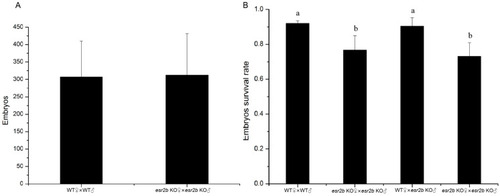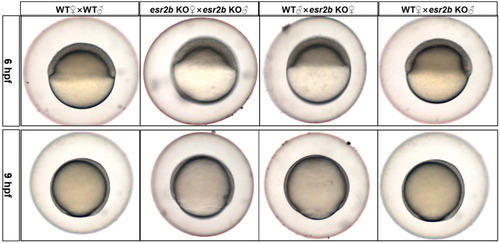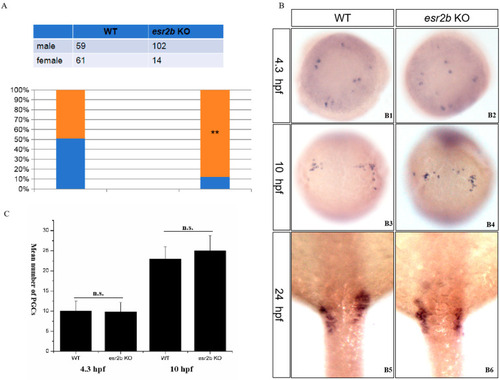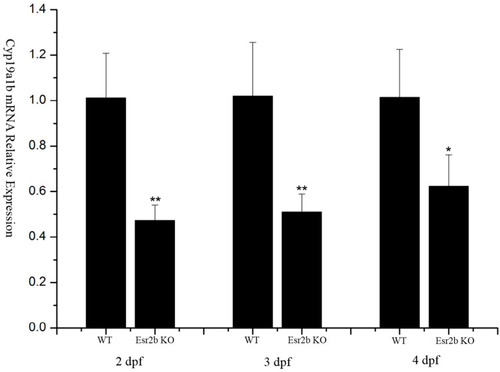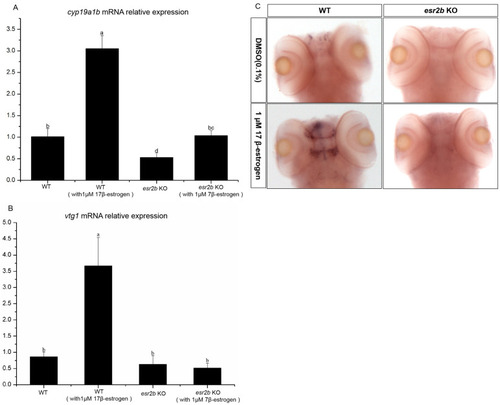- Title
-
Developmental Delay and Male-Biased Sex Ratio in esr2b Knockout Zebrafish
- Authors
- Peng, W., Zhang, Y., Song, B., Yang, P., Liu, L.
- Source
- Full text @ Genes (Basel)
|
Genomic structure and targeted genetic modification of |
|
Comparison of fertility and survival rate between wild-type and |
|
The developmental delay of |
|
The influence of |
|
Reduced expression levels of |
|
Response of |


